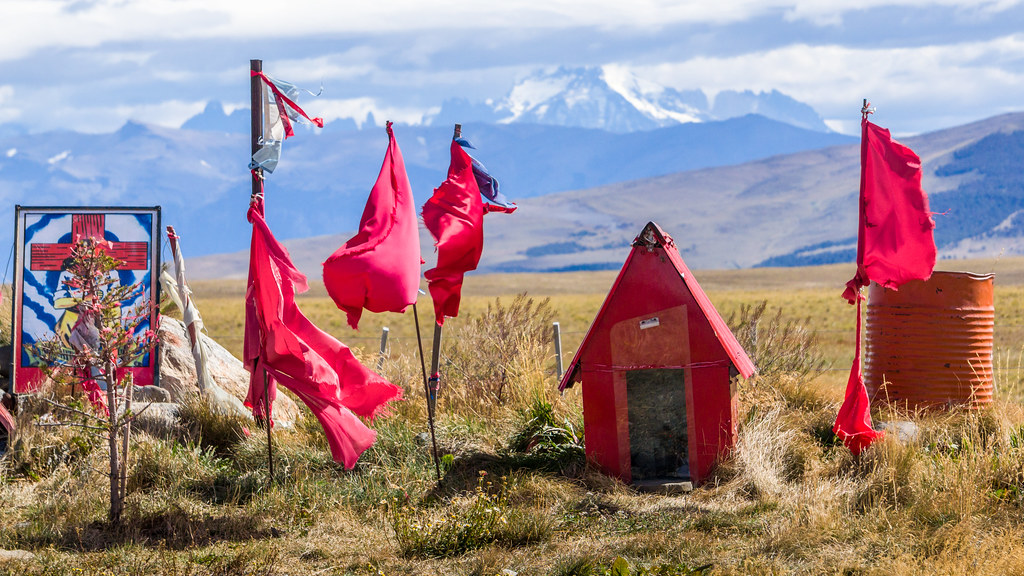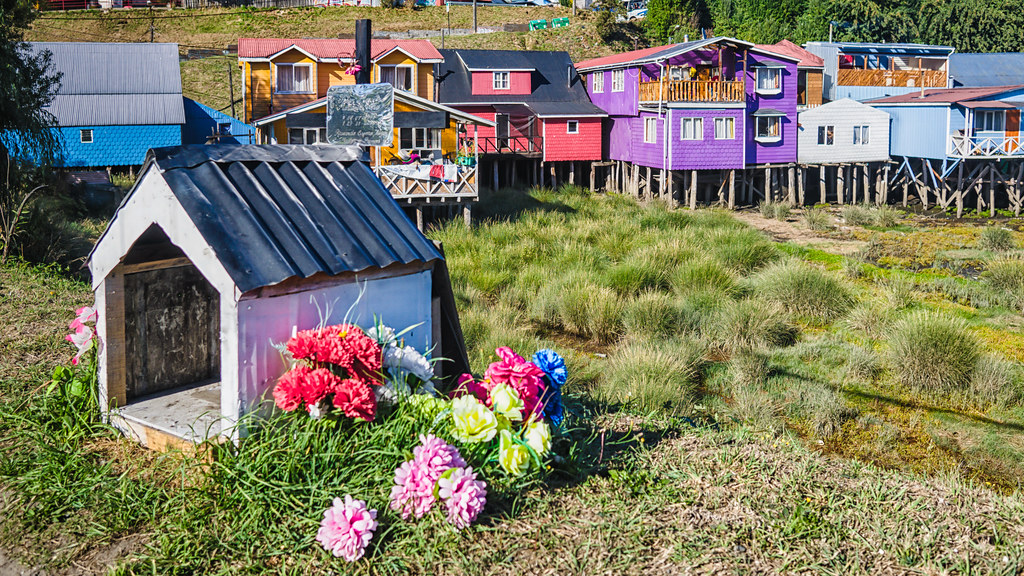
An animita marks a place of untimely death, memorializing people who were taken suddenly, in some way thought unjust. The word "animita" comes from the Mapuche language and means "soul" or "spirit."

They are not only shrines, but dwellings for the soul of the dead housed there. They are places where the living can visit and seek to commune with those departed souls. Animitas are often decorated with flowers, candles, and religious images. They may also contain personal items of the deceased, such as clothing, toys, or photographs.
People who pass by an animita may stop to pray for the soul of the deceased, or to ask for their help or protection. They are a reminder of the fragility of life and the importance of honoring the dead.
The Mapuche believed that the spirits of the dead could linger in the world of the living, and that they could be appeased with offerings. The Catholic Church teaches that the souls of the dead go to heaven, hell, or purgatory, but that they can still be prayed for by the living.

